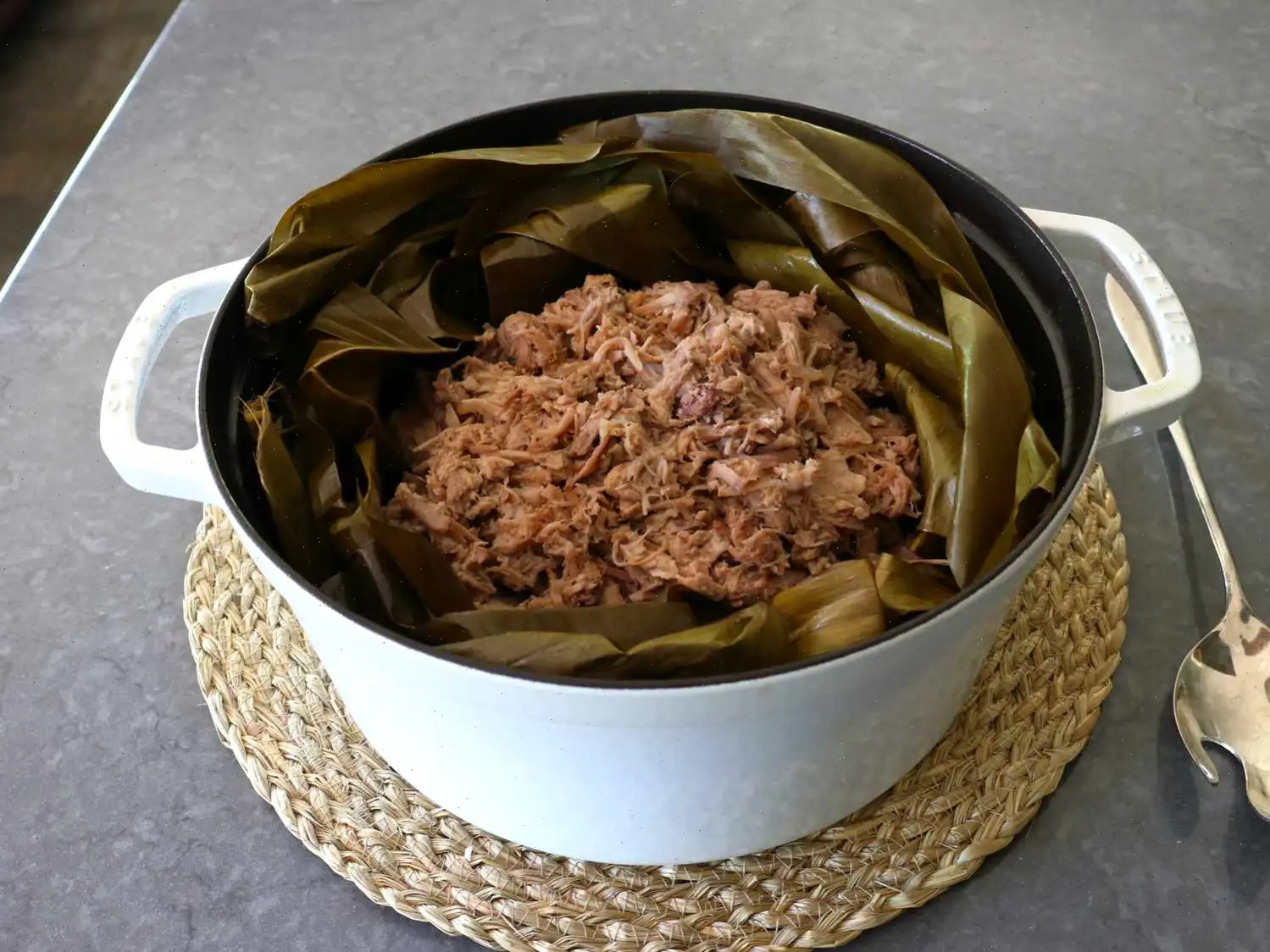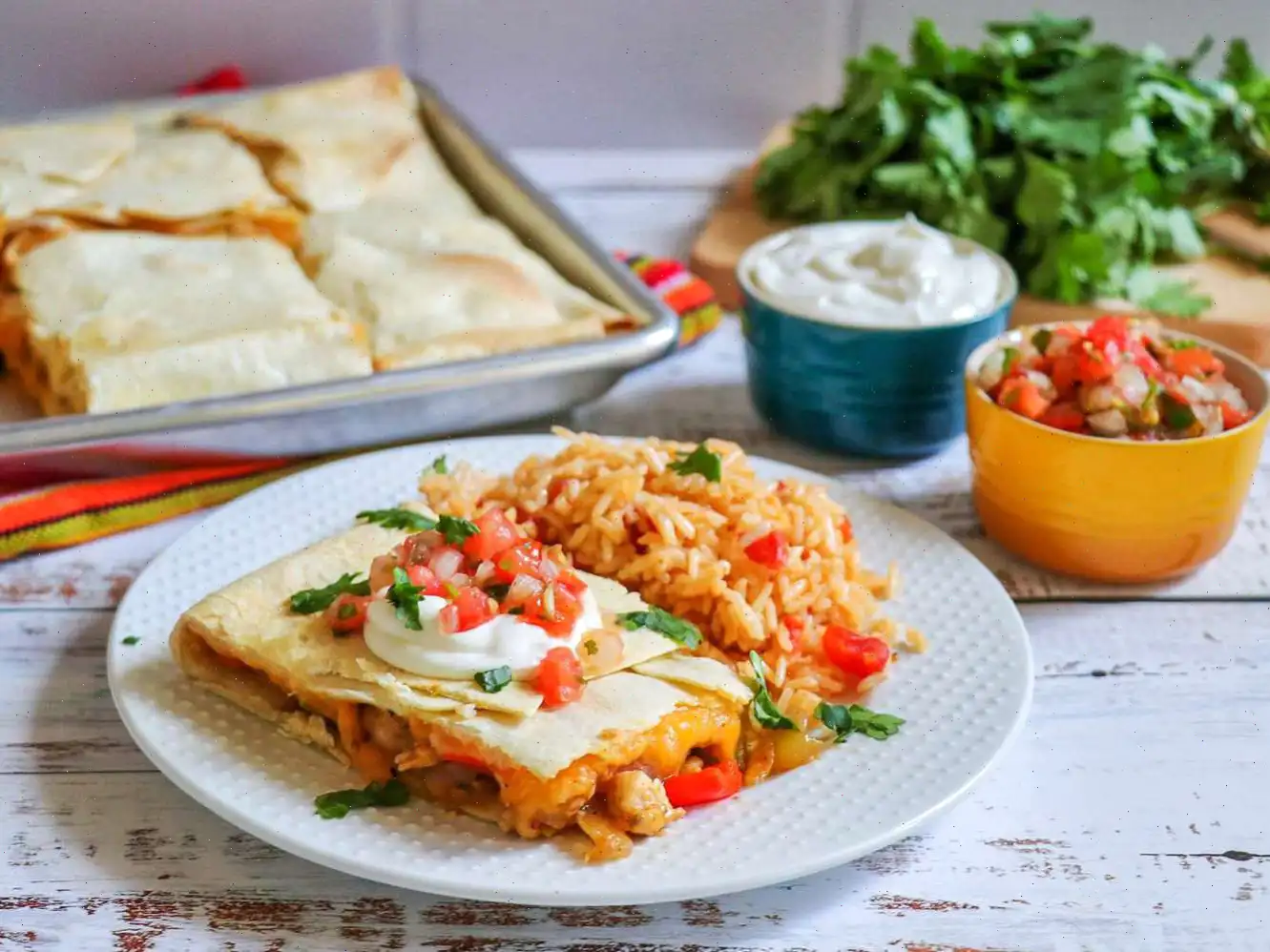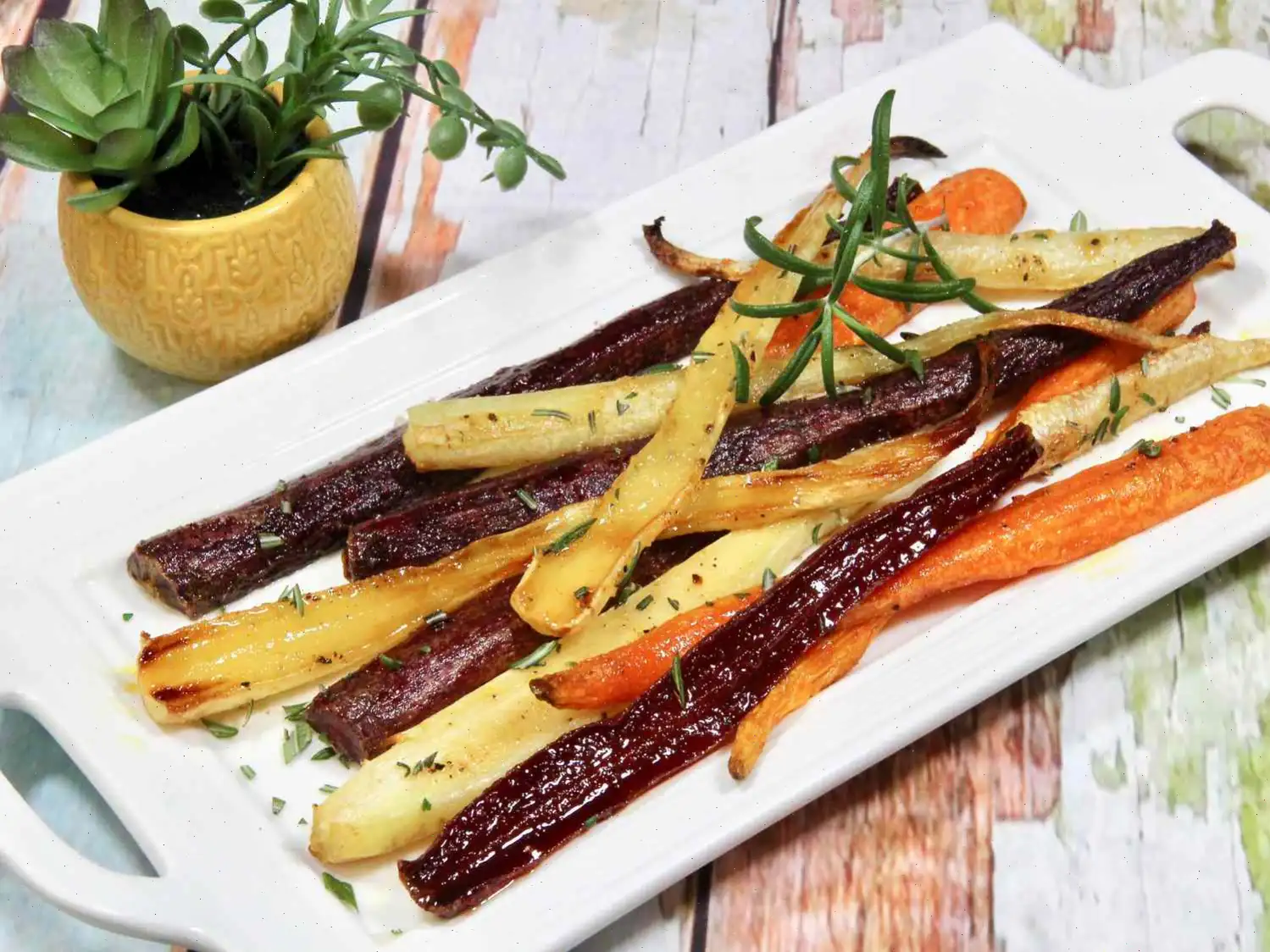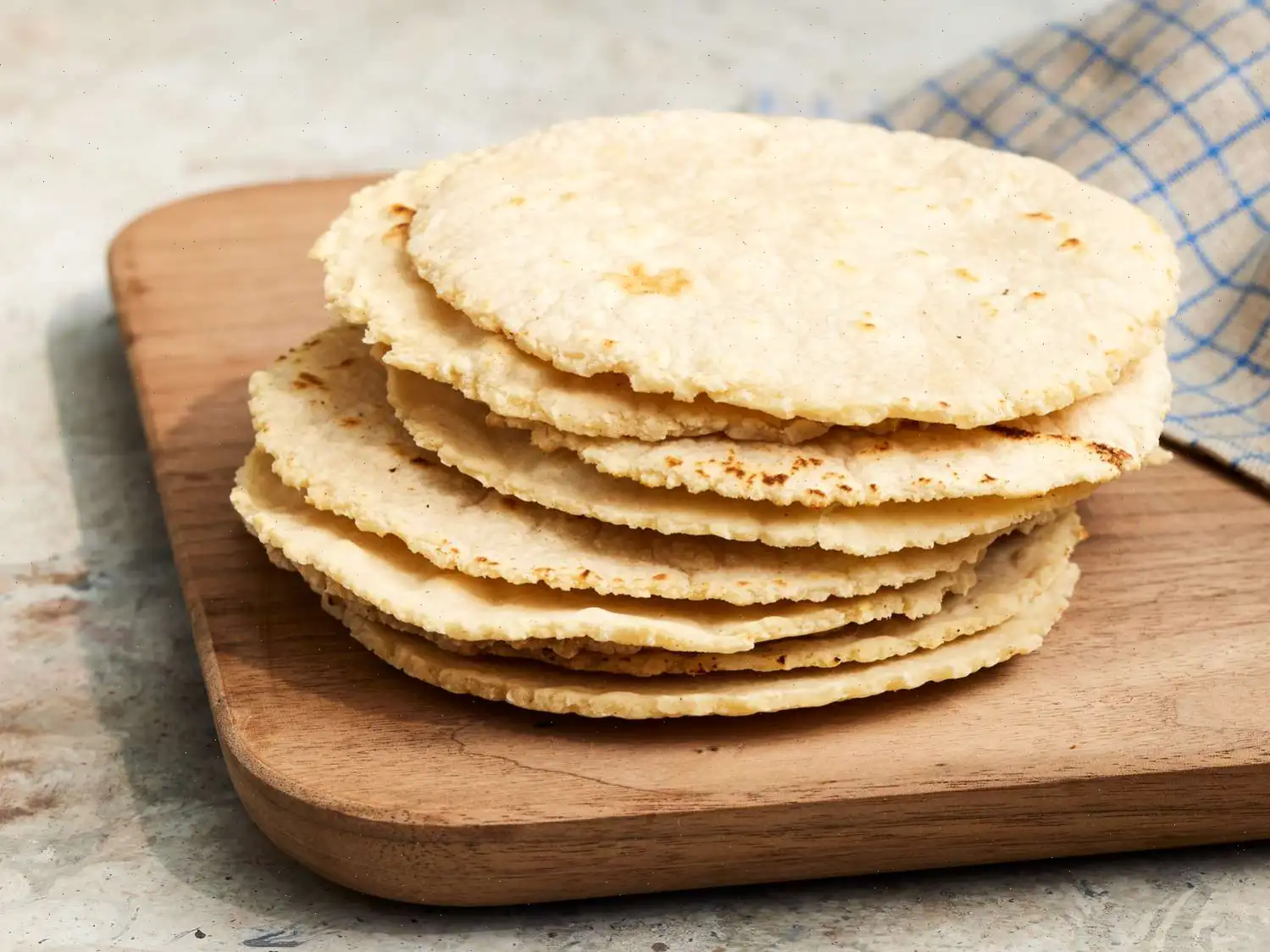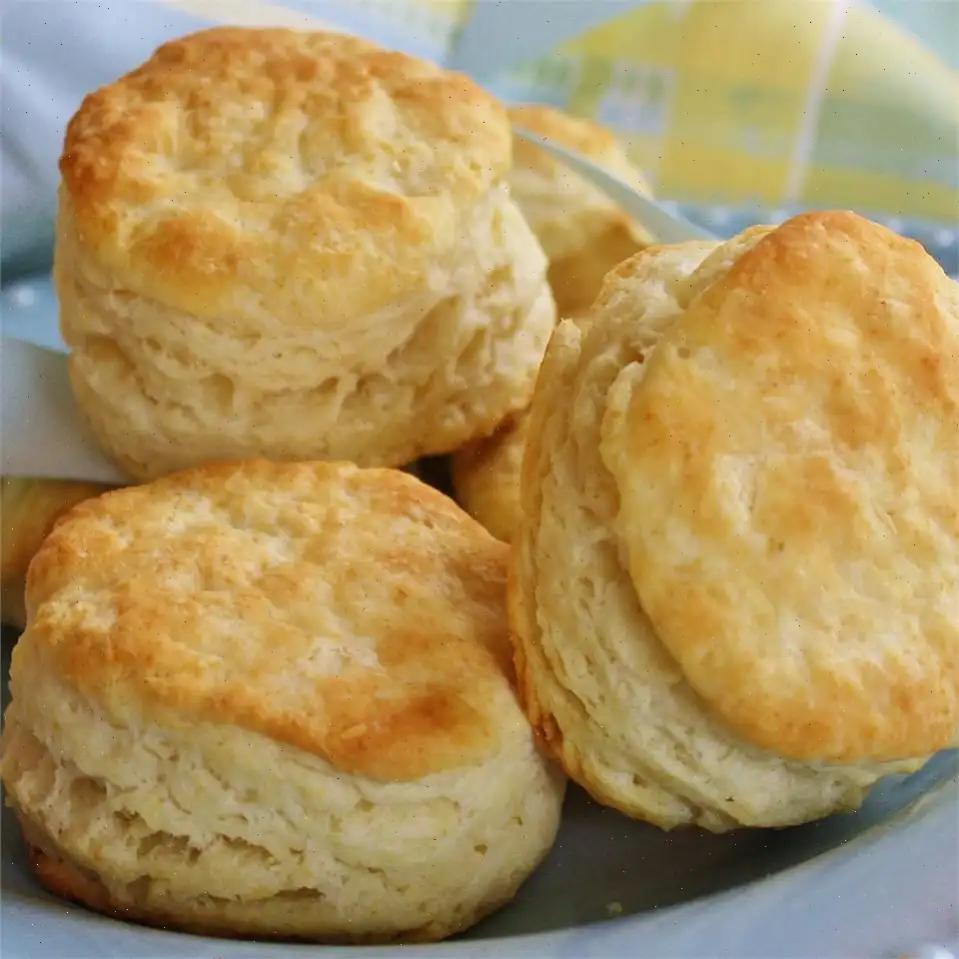
Hawaiian-Style Kalua Pork Recipe
There are two authentic methods for making Hawaiian-Style Kalua Pork. The classic version involves cooking a whole pig in an underground fire pit, covered in Alea sea salt and wrapped in Ti leaves. The word kalua literally means cooked underground, but most of us dont have access to fire pits or whole hogs. Therefore, Im sharing a modern, home cook authentic version that gets us close to the real thing.
Ive only had real kalua pork a few times, and Ive probably never had it with actual Ti leaves, so I wont pretend to be an expert. What I do know is that this version was incredibly delicious and a delightful departure from your typical southern-style pulled pork. The sweet, grassy flavor of the banana leaves is crucial in this recipe, so try to find them if you can. This dish has a unique taste and smell, and I truly hope youll give it a try.
Ingredients (8 servings)
- 1 (4 1/2 pound) bone-in pork shoulder roast
- 4 teaspoons liquid hickory smoke
- 3 tablespoons sea salt
- 1 (14-ounce) package frozen banana leaves, thawed
Directions
Step 1: Preheat your oven to 325F (165C).
Step 2: Place the pork shoulder in a large bowl. Rub the entire surface with liquid smoke to evenly coat the meat.
Step 3: Sprinkle the sea salt over the pork and rub it in so its evenly distributed. Set the seasoned pork aside for a moment.
Step 4: Lay the thawed banana leaves on your counter. Arrange them in a spiral, overlapping pattern. This will allow you to fold the leaves up and over the pork to fully encase it.
Step 5: Place the pork in the center of the leaves, with the fat side down. Begin wrapping the pork with the banana leaves, folding the seams together at the top.
Step 6: Once wrapped, pick up the package and flip it so the seam side is facing down. Transfer the wrapped pork into a Dutch oven. If there are any extra banana leaves, tuck them around the sides of the pork.
Step 7: Cover the Dutch oven and bake it in the preheated oven for about 4 hours. The pork is done when an instant-read thermometer inserted near the center reads 195F to 200F (91C to 93C).
Step 8: After baking, let the pork rest in the Dutch oven for 30 to 60 minutes to allow the flavors to settle.
Step 9: Remove the pork from the pot and place it in a large bowl. Pull the meat off the bone and set the bone aside.
Step 10: Pour any cooking liquids and rendered fat from the Dutch oven into the bowl with the shredded pork. Use two forks to shred the meat to your desired consistency.
Step 11: Taste the meat and adjust seasoning, adding more sea salt or liquid smoke if needed to your preference.
Step 12: Arrange the banana leaves in the Dutch oven, creating a little nest for the shredded pork. Transfer the meat back into the pot and serve immediately.
Chef's Notes:
The amount of salt you need will depend on the size of the pork shoulder. A good rule of thumb is 2 teaspoons of coarse salt per 1 pound of meat. Roasting time will also vary depending on the size of the pork shoulder, so be sure to check for doneness with a probe thermometer.
Nutrition Facts (per serving):
| Calories | 779 |
| Total Fat | 56g (71% Daily Value) |
| Saturated Fat | 20g (101% Daily Value) |
| Cholesterol | 230mg (77% Daily Value) |
| Sodium | 3972mg (173% Daily Value) |
| Total Carbohydrates | 6g (2% Daily Value) |
| Dietary Fiber | 5g (18% Daily Value) |
| Protein | 62g (123% Daily Value) |
| Vitamin C | 7mg (8% Daily Value) |
| Calcium | 206mg (16% Daily Value) |
| Iron | 5mg (27% Daily Value) |
| Potassium | 855mg (18% Daily Value) |
The Story Behind Hawaiian-Style Kalua Pork
Kalua pork is a cornerstone of traditional Hawaiian cuisine, with its origins deeply rooted in the islands indigenous practices. The term kalua literally translates to cooked in an underground oven, or imu. Historically, whole pigs were slow-roasted in an imu, which is a pit lined with hot stones and covered with banana or Ti leaves. This method allowed the pork to cook evenly while absorbing earthy, smoky flavors from the leaves and the natural heat of the pit. Over time, as Hawaiian culture encountered global influences, the imu technique evolved into simplified home-cooking methods using modern ovens or slow cookers, while striving to preserve the distinct flavors of traditional kalua pork.
Regional Characteristics
While kalua pork is synonymous with Hawaiian cuisine, subtle regional variations exist across the islands. In Maui, for instance, cooks often favor slightly sweeter preparations, sometimes incorporating local honey or pineapple juices. On the Big Island, the emphasis is on the traditional smoky, salty flavors derived from coarse Hawaiian sea salt and banana or Ti leaves. The use of liquid smoke in modern recipes mimics the intense, wood-fired flavor that the underground imu would naturally produce, bridging traditional and contemporary methods.
How It Differs from Similar Dishes
At first glance, kalua pork may appear similar to pulled pork or other slow-cooked pork dishes, yet it is distinguished by several key factors. Unlike barbecue pulled pork, kalua pork is minimally seasonedprimarily with Hawaiian sea saltand relies heavily on the natural aroma imparted by the banana or Ti leaves. It is typically shredded after slow cooking, producing a moist, tender texture without the heavy sauces common in southern barbecue styles. The subtle smoky essence is a hallmark that sets it apart from its continental counterparts.
Common Places to Enjoy Kalua Pork
Kalua pork is a staple at Hawaiian luaus, family gatherings, and festive celebrations. It is often served alongside traditional accompaniments such as poi, a paste made from taro root, or mixed with rice and fresh vegetables. In restaurants, it can appear in sandwiches, tacos, or poke bowls, reflecting both its ceremonial roots and modern versatility. Street vendors and local markets across Hawaii also offer it, emphasizing the dishs accessibility and enduring popularity.
Interesting Facts
- The traditional imu method can take up to 12 hours to cook a whole pig perfectly, creating an incredibly tender and flavorful meat.
- Banana leaves are more than decorative; they trap steam and impart a subtle grassy aroma that cannot be replicated with foil or parchment paper.
- Kalua pork was once considered a sacred dish in Hawaiian culture, often reserved for celebrations and religious ceremonies.
- Modern adaptations using ovens and slow cookers maintain the essence of kalua pork, making it possible for home cooks worldwide to experience this Hawaiian classic.
- Some chefs experiment with variations, including adding pineapple, ginger, or coconut water to enhance natural flavors while staying true to the spirit of the dish.
You can listen to this recipe in AI audio format. Simply click the play button below to listen to the content in a format that suits you best. It’s a great way to absorb information on the go!
FAQ about Hawaiian-Style Kalua Pork Recipe
Comments
Justin Brown
01/13/2023 09:14:57 AM
I have tried many of Chef John's recipes, but this one is definitely my favorite. It's incredibly simple, yet bursting with umami warmth. You can find banana leaves or Ti leaves on Etsy, and I opted for the Ti leaves. I paired it with a delicious raspberry salsa.
Nancy Lee
09/10/2024 01:57:37 PM
What should I do if I can't find banana leaves in my area? I'm based in Jacksonville, FL and despite having a significant Asian community, I can't seem to locate them anywhere in the city. While there are plenty of Asian markets, finding Hawaiian ingredients is a bit more challenging. I'm really eager to recreate a dish that I fell in love with while living in Las Vegas.
Lisa Brown
10/24/2022 06:23:49 PM
I have previously made this recipe without banana leaves, so I am excited to give it a try with a twist. Instead of using banana leaves, I substituted them with 2 cans of spinach. It is important to note that the spinach must be canned, not fresh. The result was deliciously authentic and I highly recommend trying it out this way.


